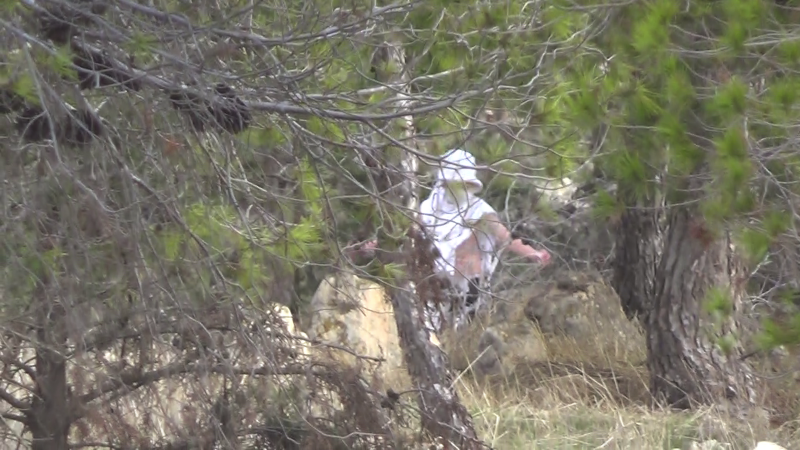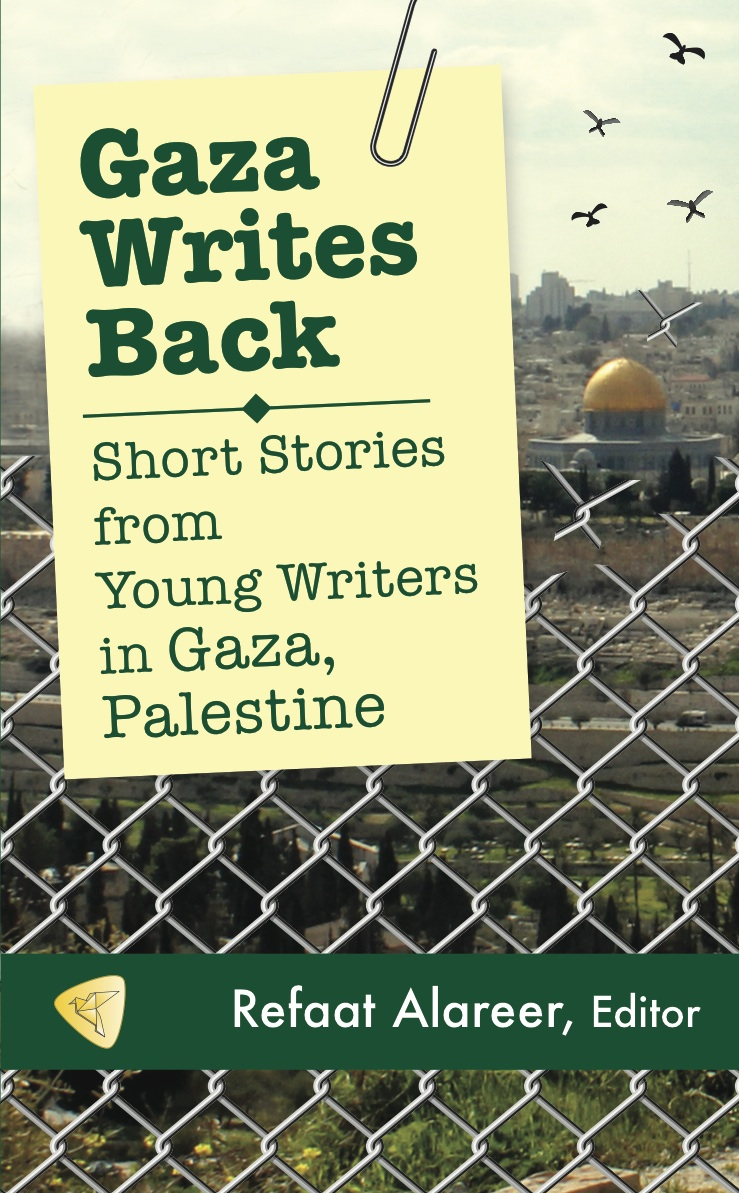Year: 2013
-
Settlers attacked member of the South Hebron Hills popular committee
30th December 2013 | Operation Dove | At Tuwani, Occupied Palestine On December 28, a group of settlers attacked Palestinians who were plowing a field in the South Hebron Hills village of At Tuwani. Hafez Huraini, a member of the South Hebron Hills Popular Committee (SHHPC), was injured in the attack. According to Huraini, at about 2.45…
-
Five demonstrators injured in violent Nabi Saleh protest
29th December 2013 | International Solidarity Movement, Ramallah Team | Nabi Saleh, Occupied Palestine On Friday 27th December, during the weekly demonstration in Nabi Saleh, Israeli forces raided the town with a “skunk” (chemical) truck, fired large amounts of tear gas canisters and shot rubbed-coated steel bullets at unarmed protesters. Five people were injured by rubber-coated…
-
Five Years After the Cast Lead Operation: ‘Gaza Writes Back’
28th December 2013 | Arabic Literature (in English), M. Lynx Qualey | Cairo, Egypt It was five years ago that Cast Lead began. Now a book of short stories, Gaza Writes Back, marks the anniversary. The book’s editor, Refaat Alareer, answers questions about the collection: ArabLit: How did the idea for this collection come about? How did you put out the call…



